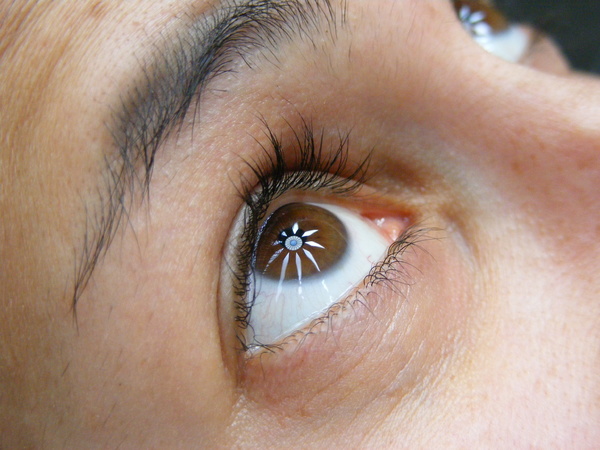|
in this month’s electronics cooling magazine, dr. mp divakar discusses the thermal management challenges and design issues that are the result of a movement towards the melding of biological systems with electrical ones.

retinal implants are one of the bio-hybrid systems discussed. (wikimedia commons)
divakar writes, “biohybrid systems that interface and thus enable the interaction between biological systems and technology represent transdisciplinary efforts to address a common problem. in this setting, thermal management takes a very prominent role when engineers develop new implantable electronics solutions.”
from implantable devices to wearable electronics, biocompatibility is a primary concern for engineers and that relates to thermal management. these electronics have specific temperature requirements to ensure comfort for the users and even to prevent potential injury. stability and consistency are also important considerations, as these devices will be in biological systems that change temperature, ph level and more.
“implantable electronic components require space, power to operate, and will generate waste heat,” said divakar. “therefore, the component size, power consumption, material sets, packaging techniques, and thermal management become more important than before in the design of implantable electronics.”
he notes that engineers need to take into account specific absorption limits (sar) and maximum permissible exposure (mpe) and he uses macular degeneration and retinal implants as practical applications of this type of calculation.
retinal implants, for instance, have very specific boundary conditions to avoid damaging retinal tissue. the cumulative equivalent minutes of 43°c sets the threshold. this takes into consideration the exposure over time, average temperature and a constant. another implant that divakar wrote about was from north carolina state university, which was a 60-electrode retinal prosthesis that dissipated 97 mw of power.
clearly, thermal management was a priority in order for a patient to be able to handle that implant for any significant amount of time.
in particular, divakar highlighted artist marion gurfein, who continues to produce art despite suffering from age-related macular degeneration (amd).
“after reading about marion gurfein, i couldn’t help but admire her tenacity and her determination to forge ahead in life, refusing to be defined or limited by a disease like macular degeneration,” davakar wrote. “and it makes me say this with pride: if i have seen this world in a better light, it is through the eyes of fighters like marion gurfein.”
|